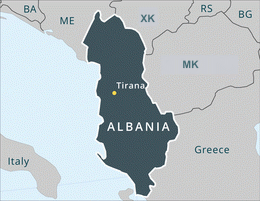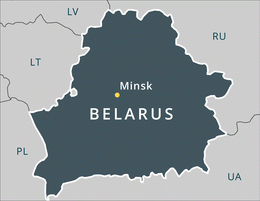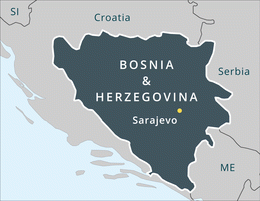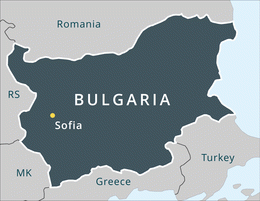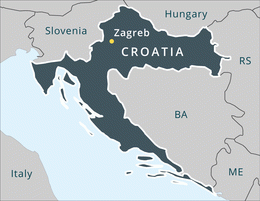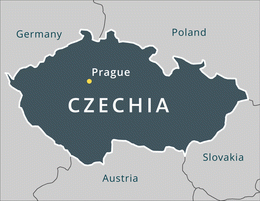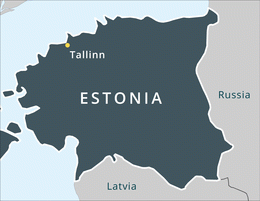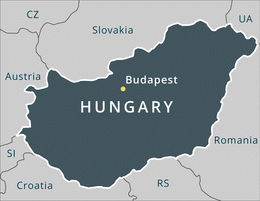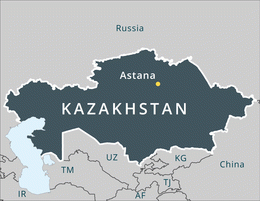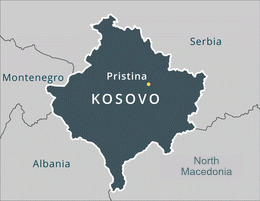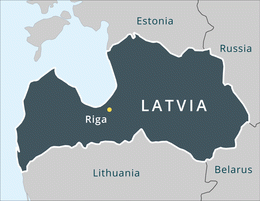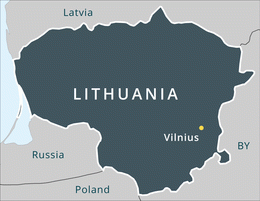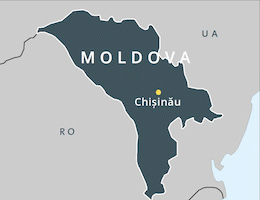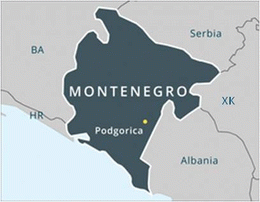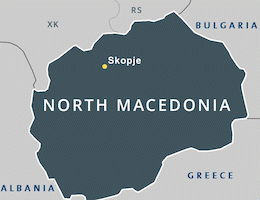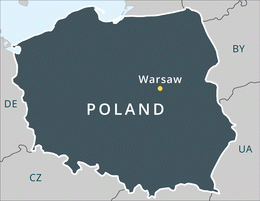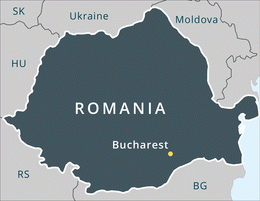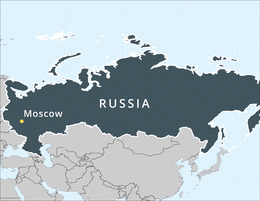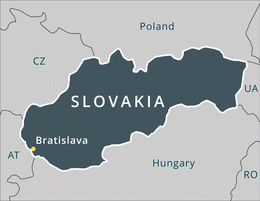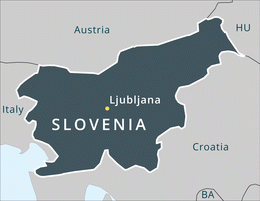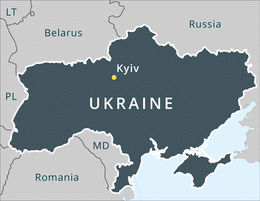Countries Overview
Albania
Economic activity in the first half of 2025 expanded by 3.6% – a similar pace as in 2024. Inflationary pressures continued to be moderate and below the target...
Belarus
In H1 2025, GDP grew by 2.1% year on year, broadly in line with earlier expectations of a slowdown, despite government efforts to stimulate domestic demand. ...
Bosnia and Herzegovina
The first half of 2025 was marked by slower economic growth, rising inflation and heightened political tension. Growth eased as the construction and energy ...
Bulgaria
Bulgaria is set to adopt the euro on 1 January 2026 – something that is expected to benefit the country significantly in the long term. The government ...
Croatia
Croatia’s GDP growth reached 3.9% in 2024, helped along by the inflow of EU funds, its 2023 accession to the euro area and its membership of the EU’s ...
Czechia
The Czech economy showed notable resilience in the first half of 2025, driven by strong household consumption, as wages rose and inflation eased. Investment and...
Estonia
After two years of recession and stagnation, Estonia’s economy is set to return to growth over the forecast horizon. The recovery will be supported by ...
Hungary
The economic stagnation is expected to persist this year. The only vigorous expansion recorded has been in household and government consumption; meanwhile, on ...
Kazakhstan
Kazakhstan’s real GDP is expected to grow by 6% in 2025, marking the strongest expansion in over a decade. This robust economic performance is driven by ...
Kosovo
The economy is expected to grow by 3.9% in 2025 – a moderate deceleration from the 4.5% expansion of 2024. Inflation picked up during Q2 and Q3 2025, and ...
Latvia
A rebound in investment and exports has brought GDP growth into positive territory, following last year’s recession. However, we expect only a modest upswing ...
Lithuania
The economy performed decently in Q2 2025, but less well than expected, with real GDP increasing by 3.1% year on year. This year’s higher inflation has meant ...
Moldova
Moldova is recovering from January’s energy crisis and may achieve economic growth of 0.8% in 2025. Favourable weather, strong investment activity and ...
Montenegro
In autumn 2025, Montenegro is faced with a dichotomy: on the one hand, economic growth is broadly in line with expectations, unemployment has reached an ...
North Macedonia
Growth has exceeded expectations, driven by residential construction and strong exports, partly boosted by front-loading ahead of the US tariffs. Meanwhile, ...
Poland
Poland’s economy has been growing steadily in 2025, with GDP expected to rise by 3.5%, driven by household and government spending, as well as by firms ...
Romania
Economic growth will reach 0.8% at best in 2025. After some growth in H1, GDP will more or less stagnate in H2 2025 and H1 2026. An improving external balance ...
Russia
Thanks to extremely tight monetary policy, inflation has largely been brought under control. However, this success has come at the cost of weakening domestic ...
Serbia
Economic activity has slowed visibly, driven by a halving of FDI inflows amid the global political uncertainty. The labour market is showing early signs of ...
Slovakia
The wiiw growth forecasts for this year and next have been revised sharply downwards, to 0.7% and 1.1%, respectively. Growing imports in the first half of 2025 ...
Slovenia
Slovenia’s economy remains under pressure from subdued export growth and weak sentiment among households and businesses. We forecast GDP growth of 0.5% in ...
Turkey
Turkey’s economy demonstrated resilience in Q2 2025, with GDP growing by 4.8% year on year, driven by strong household consumption and investment, despite ...
Ukraine
It is estimated that Ukraine’s economy will grow by only 2% this year, primarily because of its poor export performance following last year’s bad harvest. ...
